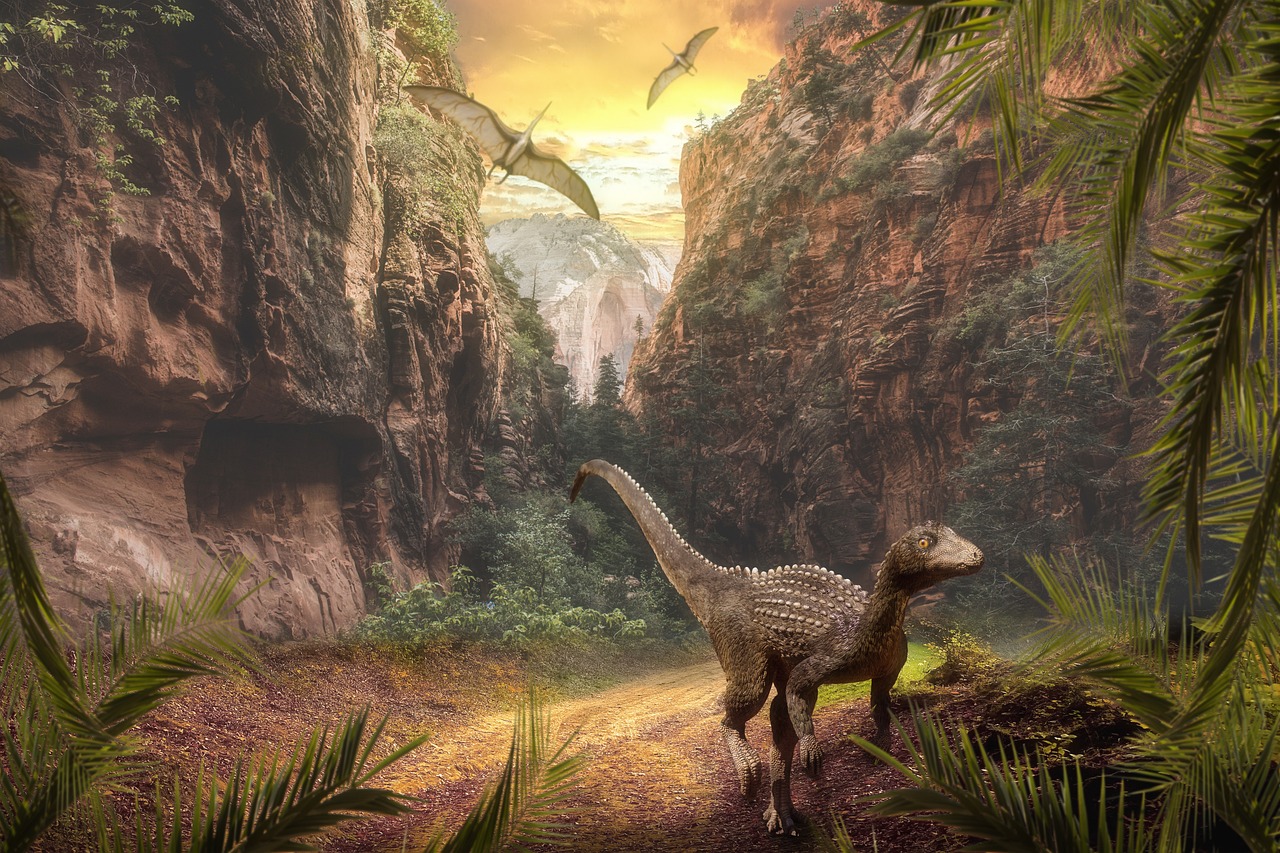
Pre-reading questions:
I will read each question. Then, please answer them.
- Can you think of examples of animals that are considered predators? What about prey?
- Can you provide examples of adaptations that predators and prey might have developed over time?
Vocabulary:
I will read the words, meanings, and sample sentences. Then, repeat after me.
- survival /ser-VAHY-vuhl/
- massive /MAS-iv /
- contrary /KON-trer-ee/
- evidence /EV-i-duhns/
- preference /PREF-er-uhns/
[noun] – the act or fact of surviving, especially under adverse or unusual circumstances
The cheetah’s speed is crucial for its survival in the wild.
[adjective] – very large in scale, amount, or degree
The elephant’s massive size is a key feature that helps it intimidate potential predators.
[adjective] – opposite in nature, direction, or meaning
Contrary to popular belief, some nocturnal animals are not afraid of light.
[noun] – facts or signs that help prove something
Fossils are valuable pieces of evidence for understanding prehistoric life.
[noun] – a greater liking for one alternative over another or others
The cat showed a clear preference for the new brand of cat food.
Article reading:
Please read the whole article. Then, I will check your pronunciation and intonation.
In the ancient western part of North America, during the Jurassic Period, being big was crucial for survival. A recent study by scientists focused on bite marks left by meat-eating dinosaurs on the bones of sauropods, massive plant-eating dinosaurs with long necks, tails, and strong legs. The researchers examined about 600 bones from at least nine types of sauropods and discovered deep grooves on 68 bones from 40 individual sauropods. Contrary to what one might think, these marks weren’t from predators attacking live adult sauropods. Instead, the scientists suggested that meat-eaters found the bodies of sauropods that had already died from things like old age or sickness. It seemed too risky for even large predators to take down adult sauropods, which were much bigger than them. The study suggests predators may have preyed on weakened sauropods, the largest land animals that lived from around 200 to 66 million years ago.
Smaller theropod dinosaurs in the Jurassic Period, such as Allosaurus and Ceratosaurus, coexisted with sauropods. Despite their size, these theropods didn’t target adult sauropods; instead, evidence suggests they mainly preyed on young sauropods. The study proposes that the abundance of young sauropods provided a reliable food source for these theropods, indicating a preference for vulnerable prey in the Morrison Formation.
Smaller theropod dinosaurs in the Jurassic Period, such as Allosaurus and Ceratosaurus, coexisted with sauropods. Despite their size, these theropods didn’t target adult sauropods; instead, evidence suggests they mainly preyed on young sauropods. The study proposes that the abundance of young sauropods provided a reliable food source for these theropods, indicating a preference for vulnerable prey in the Morrison Formation.
Comprehension questions
I will read each question. Then, please answer them based on the article.
- According to the article, why was being big crucial for survival during the Jurassic Period in western North America?
- What does the recent study on bite marks reveal about the relationship between meat-eating dinosaurs and sauropods?
- Contrary to common belief, what does the article suggest about the prey selection of smaller theropod dinosaurs like Allosaurus and Ceratosaurus?
- According to the study, why might predators have chosen to prey on weakened sauropods instead of healthy, adult ones?
- What evidence does the article provide for the preference of smaller theropods for young sauropods in the Morrison Formation?
Discussion questions
I will read each question. Then, please answer them.
- Have you ever observed a predator in action, either in the wild or through documentaries? If so, describe the experience. If not, what do you think it would be like to witness a predator hunting?
- Based on the article, can you share any information or experiences related to the consumption of resources in your local environment?
- Is it important for ecosystems to maintain a consistent balance between predators and prey?
- Considering the findings about the behaviors of predators in the Jurassic Period, how might changes in the availability of prey impact the overall ecosystem? Discuss the potential consequences.
- Reflecting on the article, do you think the concept of predators selecting specific targets for consumption has any parallels in human societies or industries? Explain your perspective.